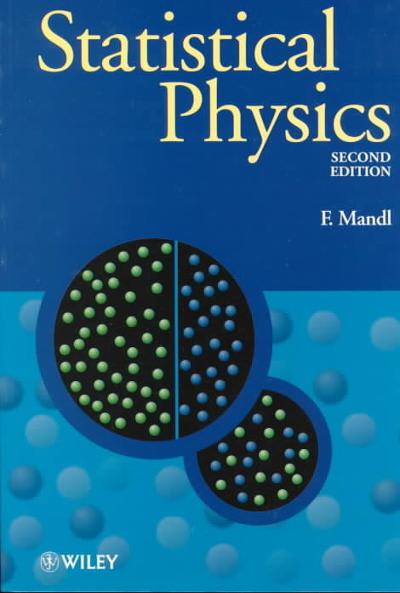Question
Describe the velocities before and after the collisions based on the masses of the red and green balls. When m green = m red ,
Describe the velocities before and after the collisions based on the masses of the red and green balls.
When mgreen= mred, The green ball_______, and the red ball____________________.
When mgreen < mred, The less massive green ball ____________________, and the more massive red ball moves _______________________.
When mgreen > mred, the more massive green ball__________________________________, and the less massive red ball moves______________________________.
As a result of the elastic collision, how do the total momentum and total kinetic energy change?
Total Momentum: [ Select ] ["The total momentum decreases.", "The total momentum increases.", "The total momentum remains the same."]
Total Kinetic Energy: [ Select ] ["The total kinetic energy increases.", "The total kinetic energy decreases.", "The total kinetic energy remains the same."]
If this had been an inelastic collision investigation, how would the total momentum and total energy be different?
Total Momentum: [ Select ] ["The total momentum decreases.", "The total momentum increases.", "The total momentum remains the same."]
Total Kinetic Energy: [ Select ] ["The total kinetic energy increases.", "The total kinetic energy decreases.", "The total kinetic energy remains the same."]
What is an elastic collision? How is it different from an inelastic collision?
In an elastic collision,________________________-. In an inelastic collision,__________________.
A 10 kg ball moving at +3.0 m/s strikes a stationary 10 kg ball. If the collision is elastic, what are the velocities of the two balls after the collision? Round your answer to one decimal place. Do not include units in your answer.
First ball: m/s
Second ball: m/s
A 1.0 kg ball moving at +1.0 m/s strikes a stationary 3.0 kg ball. After the collision, the two stick together and move at +0.25 m/s. Answer all numerical questions with the exactUNROUNDED answers.
What was the total kinetic energy before the collision? J
What was the total kinetic energy after the collision? J
Since the kinetic energy , this is an collision.
A 3.0 kg puck moving at +2.0 m/s strikes a stationary 2.0 kg puck. After the collision, the 3.0 kg puck has a velocity of +0.40 m/s. Give an exact answer for every question. Do not include units in your answers.
- What is the final velocity of the 2.0 kg puck? m/s
- What is the total kinetic energy before the collision? J
- What is the total kinetic energy after the collision? J
- What kind of collision was this?
Step by Step Solution
There are 3 Steps involved in it
Step: 1

Get Instant Access to Expert-Tailored Solutions
See step-by-step solutions with expert insights and AI powered tools for academic success
Step: 2

Step: 3

Ace Your Homework with AI
Get the answers you need in no time with our AI-driven, step-by-step assistance
Get Started


